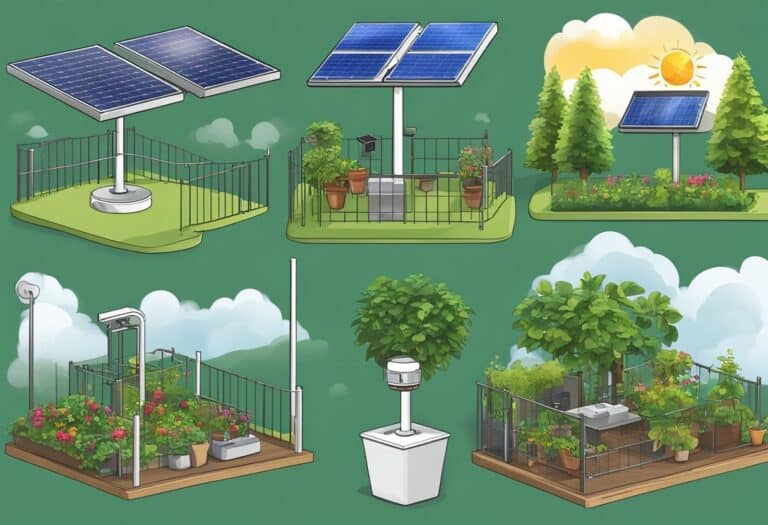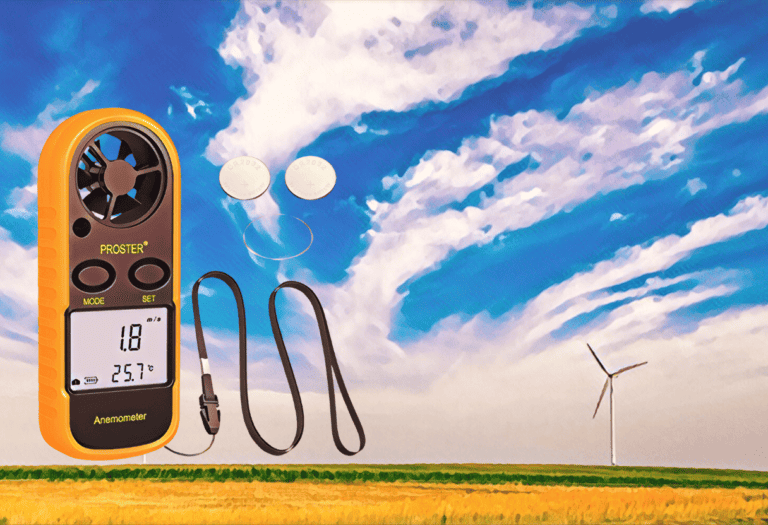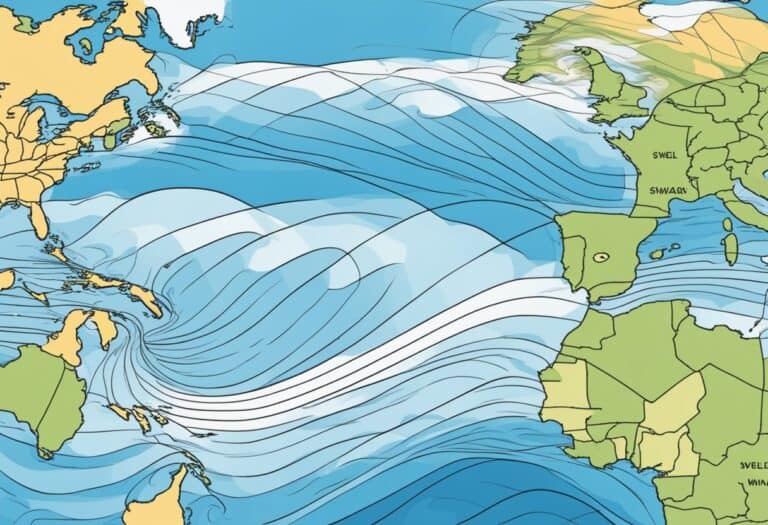Clouds are an integral part of the Earth’s atmosphere, often admired for their beauty and feared for their role in severe weather. They form when water vapor in the atmosphere cools and condenses into liquid droplets or ice crystals. The air around us contains water vapor, which is an invisible gas. When warm, moist air rises, it expands and cools. The cooling process decreases the air’s capacity to hold water vapor, leading to condensation onto small particles, like dust or sea salt, which are known as condensation nuclei.
Different types of clouds are classified based on their shape, size, and height in the atmosphere. From the puffy, white cumulus clouds that signal fair weather to the menacing, gray nimbostratus clouds associated with storms, each type of cloud provides clues about the weather and climate. Understanding cloud formation is also crucial in the study of climate change, as clouds can both reflect sunlight, thus cooling the Earth, and trap heat, contributing to warming.
Clouds form when warm air rises, cools, and water vapor condenses on tiny particles. Different cloud types bring diverse weather, reflecting our dynamic atmosphere and influencing climate.
The Science of Cloud Formation
In exploring how clouds are formed, you’ll understand the interplay of atmospheric conditions, the crucial role of microscopic particles, and the categorization of different cloud types.
Atmospheric Conditions and Water Cycle
For clouds to form, specific atmospheric conditions must coincide with stages of the water cycle. As the sun warms the Earth’s surface, evaporation occurs, turning water from rivers, lakes, and oceans into water vapor—a gas. This moist air rises due to temperature differences; as it ascends to higher altitudes, the cooling air expands and allows the water vapor to condense into liquid water droplets or ice crystals when the air becomes saturated and reaches the dew point.
Role of Condensation Nuclei
Cloud formation depends on more than just moist air and cooling; you also need condensation nuclei. These microscopic particles, which can be dust, salt crystals, or pollen, provide surfaces for water vapor to condense upon. Without these nuclei, the conditions for water droplet formation are less favorable since pure water requires a lower temperature to condense than when dust or other particles are present.
Types of Clouds and Classification
You can classify clouds into various types based on their shape, altitude, and the weather they bring. They range from the low-hanging fog and stratus clouds, which form when air cools at or near the ground level, to middle and high-altitude clouds like the feathery cirrus. The relative humidity, combined with the temperature at which the cooling of the air occurs, influences the cloud’s classification. Clouds not only highlight the complexity of Earth’s atmosphere but also reflect valuable information about our weather and climate.
Cloud Structures and Physical Properties

Understanding how clouds form and their characteristics is essential for grasping how weather patterns develop. Your observation of the sky is a direct view into the dynamic processes that govern cloud creation and transformation.
Formation of Cloud Droplets and Ice Crystals
Clouds are primarily composed of water droplets and, depending on the temperature, ice crystals. The genesis of a cloud starts with cloud condensation nuclei — tiny particles like dust, nitrogen, or ammonia. These particles, almost invisible to the naked eye, provide the necessary surface for water molecules to cling to when the air becomes saturated. As the air rises and cools, the temperature eventually reaches the dew point, causing the water vapor to condense into cloud droplets. For ice crystals to form, temperatures must be below freezing, and these crystals will only form in clouds at higher altitudes, such as cirrus clouds.
- Size of cloud droplets: Generally between 0.01 to 0.02 millimeters
- Cumulus clouds: Exhibit significant vertical development and fluffy appearances
- Stratus clouds: Layered, uniform clouds that can cover large areas of the sky
- Nimbostratus: Thick, dark clouds that typically bring continuous precipitation
Effects of Altitude on Cloud Formation
Your experience of different clouds is largely determined by altitude. Clouds form at various layers within the middle and upper parts of the troposphere. Temperature and pressure conditions drastically change with altitude, influencing cloud types and features.
- Altitudes below 2,000 meters: Often where you find cumulus and stratus clouds, which are thicker and have more water droplets due to higher temperatures and pressures.
- Altitudes above 6,000 meters: Cirrus clouds commonly form, thin and wispy due to the low water vapor content and temperature at these heights.
Factors such as the environmental lapse rate — the rate at which air temperature falls with increasing altitude — and the moisture content at different levels of the atmosphere are pivotal in determining the final structure and type of clouds you observe.
Weather Phenomena and Cloud Dynamics
Clouds are formed when water vapor rises, cools, and condenses on particles in the air. This process is integral to various weather phenomena, affecting precipitation and climate.
Precipitation and Cloud-Related Weather Events
When you observe a cloud, you’re seeing a mass of liquid droplets or ice crystals that have condensed around tiny particles, or nuclei, in the atmosphere. Precipitation occurs when these droplets combine to become heavy enough to fall to the ground. Rain, snow, hail, and other types of precipitation are the outcomes of these processes, all originating from clouds. Cumulonimbus clouds, for example, are often indicators of thunderstorms. They can extend high into the atmosphere and can produce not only rain but also thunder, lightning, and occasionally hail.
Different weather fronts, such as a warm front where warm air displaces cooler air, often lead to cloud formation and precipitation. Nimbus clouds are typically associated with continuous precipitation. On the other hand, satellites and weather monitoring agencies like NOAA utilize advanced technologies to observe and forecast these weather phenomena, providing critical information for understanding and predicting precipitation events.
Impact of Climate and Environmental Factors
Your local climate and environmental factors play a significant role in cloud dynamics and the resultant weather phenomena. Mountains, for instance, can force moist air to rise leading to cloud formation and precipitation on their windward side, a process known as orographic lift. This often results in more rain or snow on one side of a mountain range compared to the other.
Furthermore, changes in climate can alter how clouds form and how they behave. With increasing global temperatures, the rate at which water evaporates from the surface increases, potentially leading to more intense and frequent storms, including thunderstorms. Climate models use satellite data to understand these changes and predict their impact on future weather patterns. Environmental factors such as pollution can also affect cloud nucleation by providing additional nuclei for droplet formation, influencing the types and properties of clouds that form.
Frequently Asked Questions
Understanding cloud formation involves knowing the processes and scientific principles underlying their appearance and behavior in the Earth’s atmosphere.
What is the process called when clouds are formed?
The process when clouds are formed is known as condensation. It occurs when water vapor in the air cools and condenses into liquid droplets or ice crystals.
What are the steps involved in cloud formation?
Cloud formation typically involves the following steps: warm air rises and cools, the water vapor within condenses onto particles in the air, and it forms visible clouds when the water droplets or ice crystals become large enough.
What keeps clouds floating in the sky?
Clouds float in the sky because the water droplets or ice crystals are small and light enough to be buoyed by the air’s upward forces. When they grow too heavy, they fall as precipitation.
What are the scientific principles behind cloud formation?
The scientific principles behind cloud formation include the Ideal Gas Law, which describes the relationship between pressure, temperature, and volume of air, and the concept of saturation, which determines the point at which air cannot hold any more water vapor, leading to condensation.
What are clouds made of?
Clouds are made of tiny droplets of water or ice crystals that have condensed from water vapor in the atmosphere.
How can cloud formation be explained to children?
To explain cloud formation to children, you might say that when the air gets cold, the invisible water vapor in the sky turns into tiny water droplets or ice crystals, very much like when you can see your breath on a cold day. These droplets gather together to make clouds.







